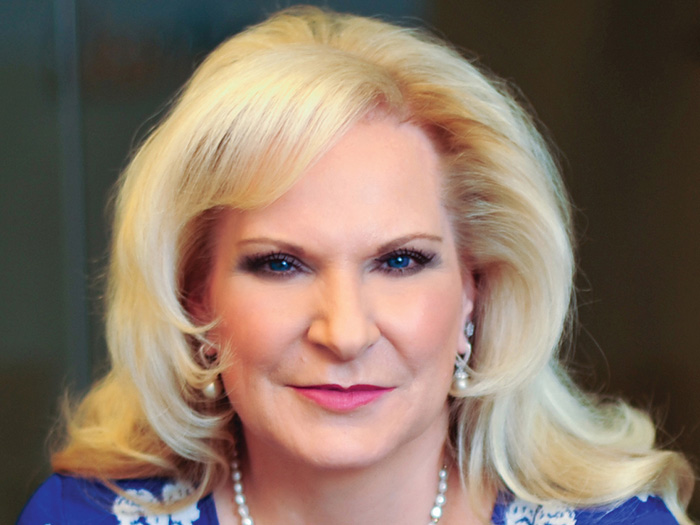Workers’ Comps Claims Adjusters Get the Chance to Telecommute. Now Can They Make It Succeed?

As COVID-19 ravages the globe, efforts to “flatten the curve” have resulted in stay-at-home orders in most states — bringing the typical office-bound arrangements of the workers’ compensation industry to a screeching halt.
While the insurance industry has largely escaped the economic free-fall of industries like hospitality, the move to remote work has presented challenges and opportunities for claims departments to re-evaluate their workflows, which could potentially bring lasting change.
The Rush to Remote Work
Todd Brown, Rising Medical Solutions’ director of account management, articulated the issue executives across the globe were forced to reckon with as the crisis began to unfold in March.
“The rush to get everybody set up was a challenge for our IT team, but they rose to that challenge, and we have had very little if any hiccups relative to getting people up and going, which I credit to the team,” Brown said.
However, like many workers’ comp service providers, Rising had a sizable work-from-home employee population initially, keeping the growing pains to a minimum.
“Most of our sales, account management, a lot of our IT team, are work from home. Even our frontline staff have an option to work from home one day a week, to provide them with flexibility.”
Similarly, Elizabeth Ulloa Lowry, area vice president of CorVel Corporation, said that through proactive management, CorVel was able to get most employees equipped and transitioned to telecommuting within a day, but she noted the nature of workers’ comp claims means everyone on the team must work actively to stay connected “for both professional and social reasons.”
“On an interpersonal level, we are actively working on new ways to stay connected, whether sharing a meal with clients through a coordinated DoorDash delivery to their homes or setting up a weekly ‘we want to see you smile’ video conference with our teams,” Lowry explained.
OSHA recently issued guidance on preparing workplaces for the COVID-19 pandemic, citing the OSH Act’s General Duty Clause with resources from other government entities. Specifically, OSHA makes use of the “hierarchy of controls” framework for controlling workplace hazards. OSHA delineates the priorities for workplaces as follows:
During a COVID-19 outbreak, when it may not be possible to eliminate the hazard, the most effective protection measures are (listed from most effective to least effective): engineering controls, administrative controls, safe work practices (a type of administrative control), and PPE.
For the majority of office environments, administrative controls will be paramount. These include: encouraging sick workers to stay home, minimizing worker contact, flexible shifts, discontinuing nonessential travel, and communicating emergency plans. Total work from home is the method most of the insurance industry has employed.
Flexibility Is the Future
As companies adapt, flexibility is a key feature of the new normal for workers’ comp frontline employees, but perhaps more poignantly, this mandated shift could speak to a larger trend.
The 2019 Rising Medical Solutions Workers’ Compensation Benchmarking Study, released last December, shed light on adjusters’ desire for more flexible work, including work from home options.
The respondent breakdown was 88% claims professionals who directly adjudicate claims, 12% nurse case managers, and 1% other. The report, which is based on 1,282 survey respondents representing every major type of workers’ compensation payer organization, found that two of the top three most important benefits were related to flexibility.
“Our need to feel connected and be connected to the purpose, to the why, is invaluable.” — Todd Brown, director of account management, Rising Medical
Coming in first was “work from home option” and tallied at number three was “four-day workweek or alternative scheduling arrangement.”
Despite the importance of these benefits to claims professionals, just 59% of respondents said they currently receive a work from work-from-home option, while just 14% have alternative scheduling arrangements like a four-day workweek available to them.
Brown emphasized the opportunity that forced work-from-home arrangements due to COVID-19 might have for the industry as it attempts to address the lag between the benefits claims professionals want and the ones they have.
This is especially true in the wake of another finding in the study that showed caseloads for adjusters have jumped since 2017, with 20% of claims professionals handling 150 cases or more.
“Our need to feel connected and be connected to the purpose, to the why, is invaluable,” Brown said.
“Managers need to continue to be deliberate in communicating to their employees the employees’ value, their importance, and sharing with them how their department and company are doing. There’s a lot of cynicism in the work comp space anyway, especially in claims. With that said, we can greatly reduce the stress of increasing caseloads with technology.”
Lowry seconded that sentiment, explaining that, “We believe we have addressed much of this lag at CorVel by offering flexible work arrangements, attractive career paths, an emphasis on a teamwork culture, and the tools to help improve our everyday work. Even more important, is finding purpose and job fulfillment — we all want to know we are doing something good and that our jobs and contributions matter.”
In uncertain times, that goal is likely to become a top-line priority for everyone in the workers’ compensation claims cycle. &











